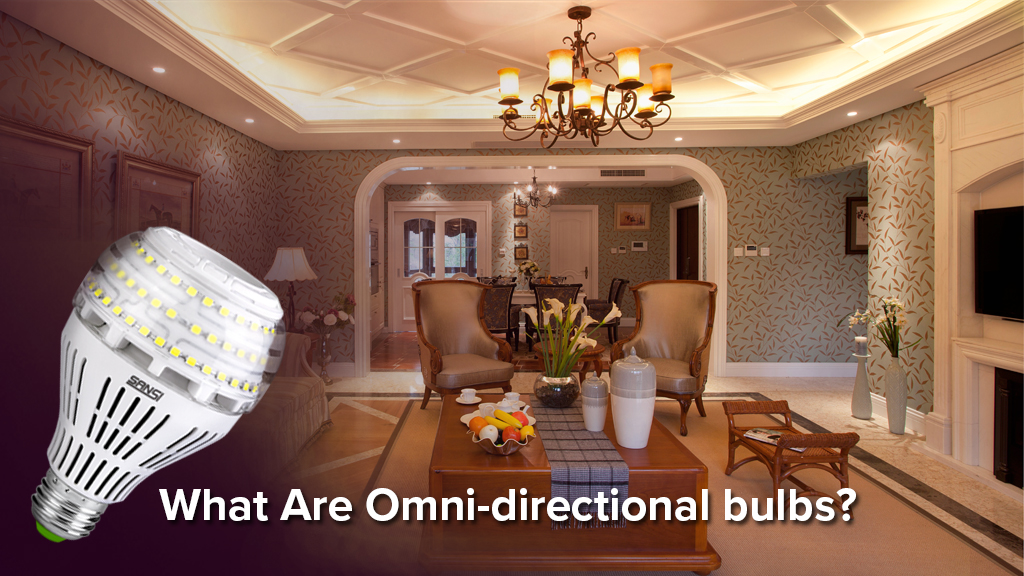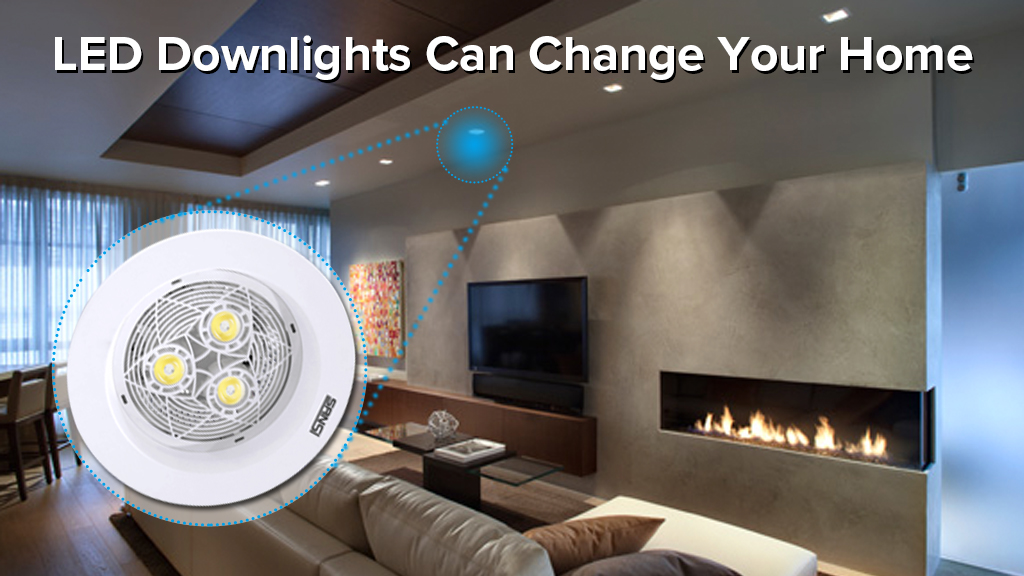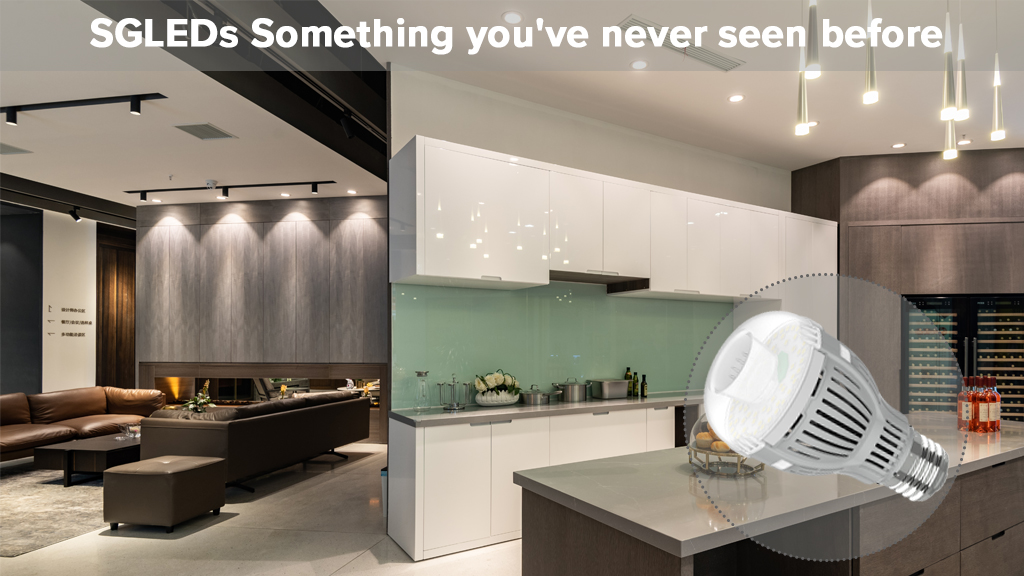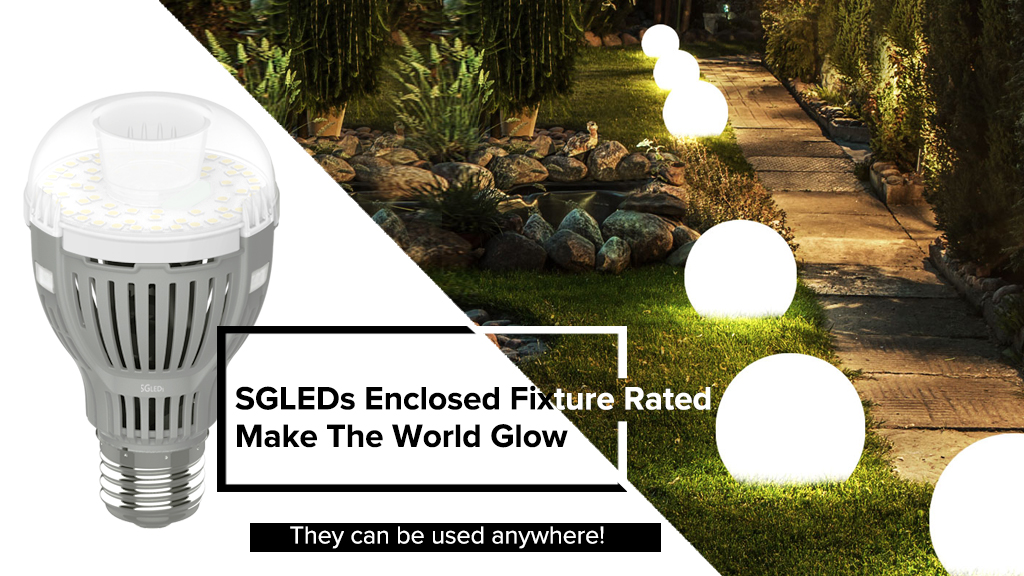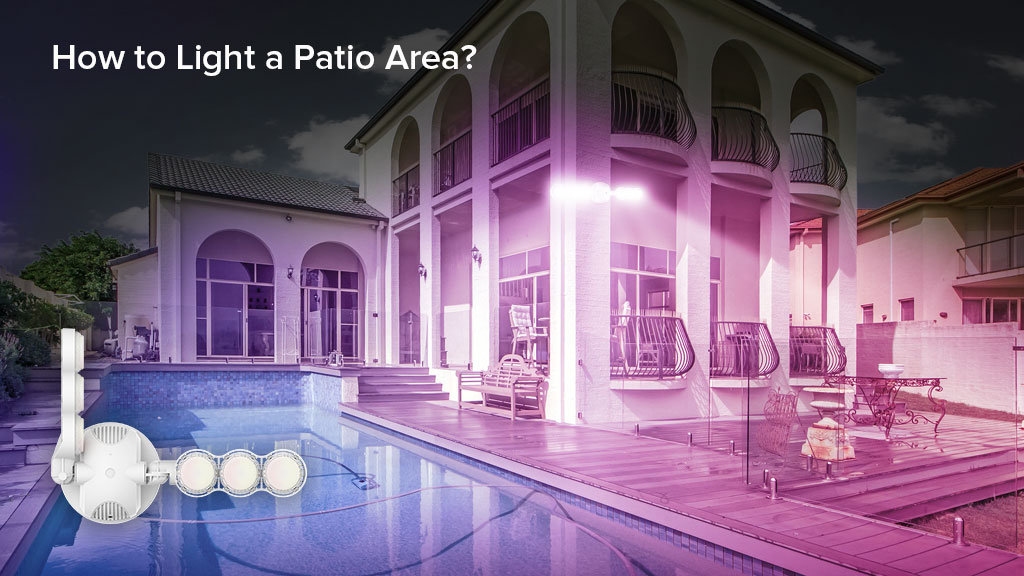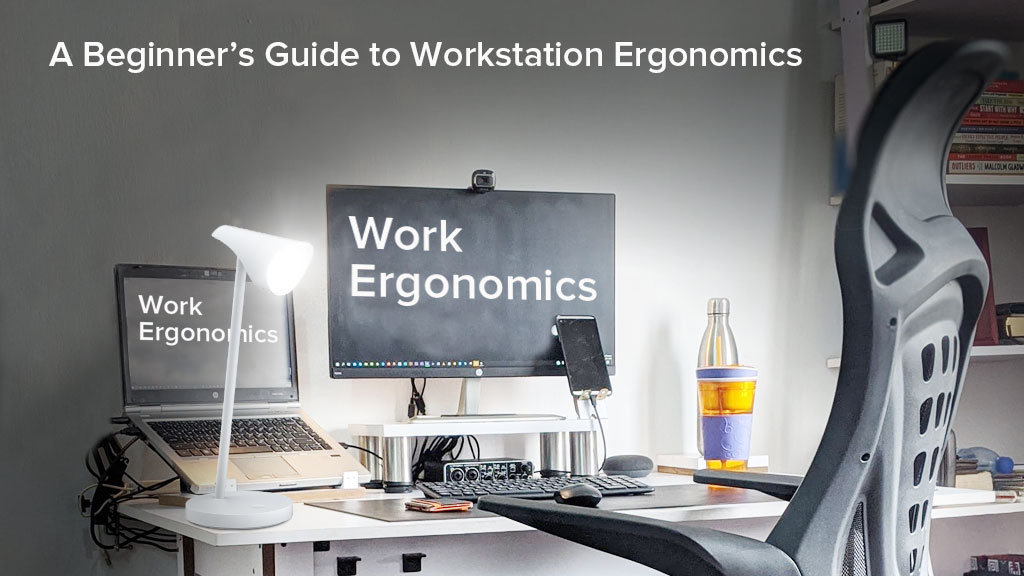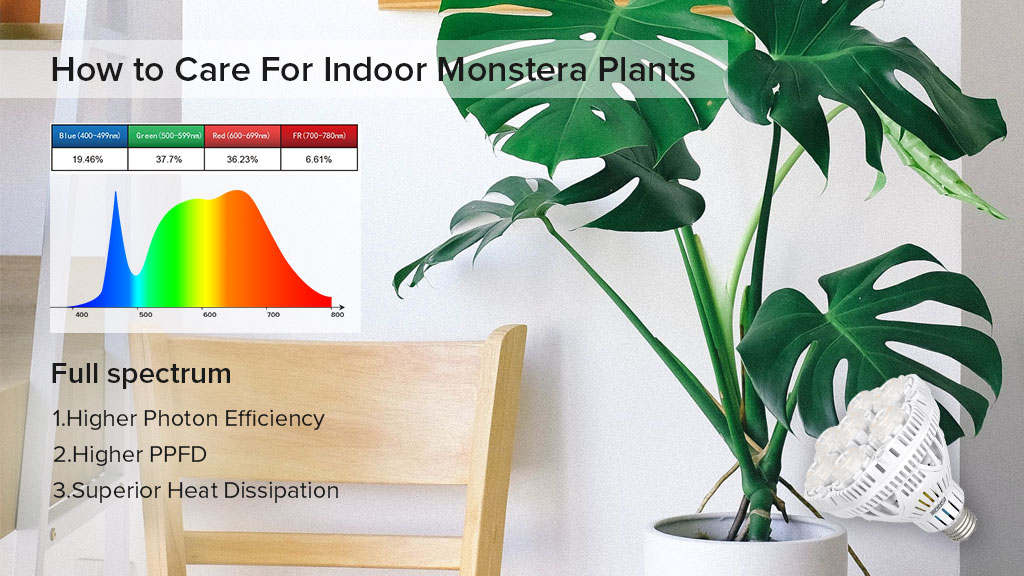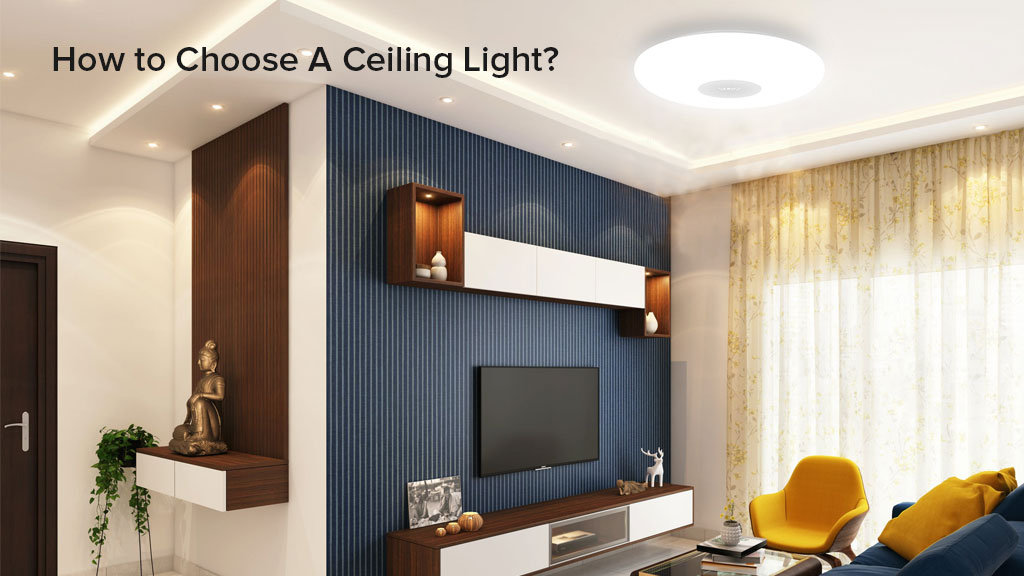Technology That Makes Your Home More Energy Efficient

Because of climate change, homes in the near future are likely to be built very differently — with more regard for energy efficiency and environmental responsibility. In addition, people around the world are becoming more conscious of the need to protect our earth, bolstering the demand for innovative technologies and designs that can maximize energy in new ways.
At present, there are already numerous technologies and scientific advancements you can take advantage of — not only to make your home healthier and more comfortable but also to increase its energy efficiency.
LED Lights

Because they use up far less wattage than incandescent light bulbs, LED bulbs are more energy-efficient and last longer than other types of bulbs. Indeed, LED lights use 75% less energy than incandescent light bulbs and last 25 times longer, making them one of the best ways to boost efficiency in your home. In the US, widespread usage of LED lights can potentially save about 348 TWh of electricity every year. You can even take it a step further by choosing LED lights that are powered by ceramic technology, such as the ones you can find in our store. Typical LED products have outdated LED technology, which inefficiently produces unwanted heat. If LED lights use aluminum instead of ceramic, the LED chip should be attached to a PC board using a thermal adhesive. Since aluminum LED products have more pieces, it creates heat that it can't easily dissipate.
Air Purifier
An air purifier is an essential appliance for those who want to eliminate all the impurities in the air including smoke, dust, dander, and unpleasant odors. Unlike HVAC purifiers, a separate air purifier can help cleanse the indoor air without consuming a lot of electricity, because it’s simply like any other appliance. Other than that, air purifiers are also capable of neutralizing black mold and numerous other pollutants — and some work extremely efficiently. To make sure that your air purifier is worth the buy, be sure to look for features like nanotechnology and a dual-filtration system that significantly cleanses the air in home environments.
Smart Thermostat

Smart thermostats have become a key component of smart homes. This technology is effective in regulating the temperature and conserving energy in your home as it can intelligently adapt to your temperature preferences. There are several brands of smart thermostats that are quick to install and easy to program. In a matter of days, these gadgets can learn what temperatures you prefer at different times of the day (such as warmer in the morning, cooler at night, and so on). It then adjusts accordingly and even has an "eco temperature" mode, allowing it to conserve energy when nobody is home. The accessibility of such thermostats is likely why studies predict 40 million more homes to have smart thermostats by this year. With a smart thermostat, you can potentially save 10% or more on both heating and cooling bills.
Home Solar Panels

Unlike purifiers or thermostats, solar panels require professional installation that can cost between $16,000 and $25,000. It's a hefty price tag that not everyone can afford, but there are ways to make the investment and build a sustainable home over time. Indeed, the significant long-term energy savings make solar panels worth the splurge. There are even potential tax incentives you can take advantage of. Additionally, homeowners who take energy seriously can treat this as a major home upgrade, and look for the related loans that can help with the up-front cost. Loans can assist with various home improvements, so much so that something like installing solar panels typically won't be excluded. You simply apply based on your credit stand and receive a sum with which to pay for the improvement of your choice (i.e. panel installation). You can then pay it back gradually.
Home Energy Monitor
Home energy monitors are slowly becoming trendier, as more people are becoming aware of how much energy they may be wasting at home and the unnecessary costs it incurs. A few years ago, federal data indicated that America fails to capture two-thirds of the power it generates and that the U.S. ranks only 8th inefficiency out of the 23 top energy-consuming countries — the majority of which is due to US homes. With that in mind, home energy monitors have become more appealing to eco-conscious homeowners. When looking for a home energy monitor, be sure that it can tap into your home's energy network to identify machines and applications. Another nifty feature of home energy monitors is that some can pair with your smartphone to provide a detailed breakdown of energy consumption, which in turn can help drive efforts to reduce waste.
There are many more technologies and products that can help with your efforts to make your home more energy-efficient. Remember that you don't have to go all-in at once. For one, you can start with CFL lights or smart home security systems before moving on to more elaborate upgrades like double-paned windows with updated fixtures and insulation. Even making small changes over time can go a long way in making a difference for the environment.



